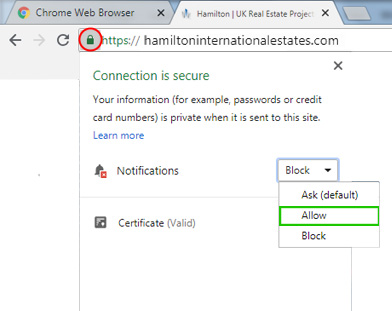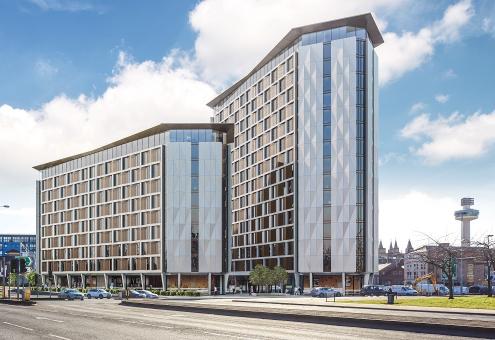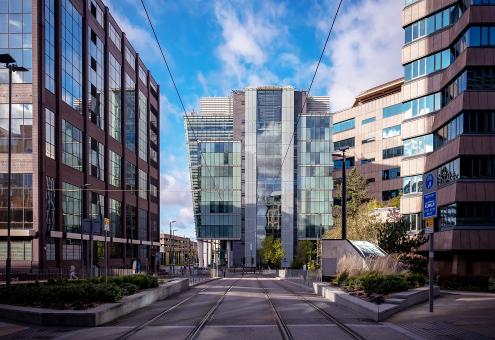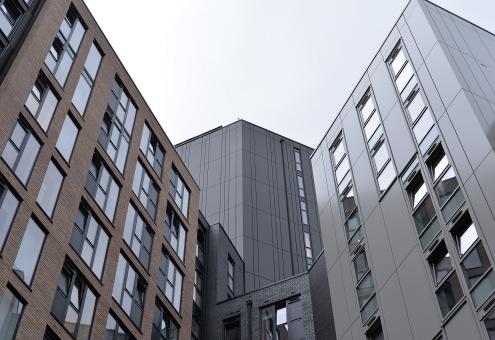UK Properties: Growth Stabilizing Amidst Brexit Uncertainty
17 Sep 2018
UK Properties
The August 2018 RICS Residential Market survey states the factors hindering sales are the lack of stock as the supply is not matching need, and the increase in stamp duties affected sales at prices over £1.5 million, while the negative posts related to the property market during the Brexit phase, hindered property growth.
One of the key growth indicators is the increase in headline price in the balance series in Northern Ireland, which was +48 per cent and the August net balance was +39 per cent in Wales. It was positive in many other regions such as Northern West, Yorkshire, the Midlands, and Humberside. However, weakness is mostly reported in the southeast regions.
Government Steps to Promote Real Estate
Prices in UK property markets reached the pre-crisis levels, although the growth slowed in recent months, as some regions are nowhere close to pre-crisis rates. The 2008- 2009 crisis forced the government to take action to introduce measures to stimulate buying.
For the first-time buyers, the government removed stamp duty in 2010, and in 2013, help-to-buy was introduced. In addition, the government offered equity loans for 20 per cent of the property value, which was interest-free for the initial five years.
Recently, the UK government announced to pump new £1 billion loans into the UK properties with Barclay bank where up to £100 million will be processed to developers to construct new homes as the rents are growing in the key investment cities of UK.
In the private rented sector, the traditional buy-to-let can no longer meet the rising requirement in key cities. The RICS survey finds the growth in Northern Ireland and Scottish properties continued during this phase.
Growth Stabilising in London
Foreign investment in London increased in the post-2009 mortgage crisis, where low prices attracted investors and led to growth. As a result, Hackney borough recorded 568 per cent growth in 20 years to 2018, and the average price of homes in London is 13 times the average wage of the city.
But now, with Brexit's new uncertainties, stagnated growth in London properties is witnessed, where the shift in investment from overseas buyers to other European cities reduced inflow into London properties. However, in the capital, the RICS data suggests that the growth rate stabilises after a fall.
Rents are expected to grow faster than home prices, where the growth projections are 3 per cent a year for the coming five years. The RICS survey claims the price will grow at 2 per cent per annum.
No Real Evidence of Price Decline
Real estate analysts believe there is no real evidence of price decline as the demand is high in some regions. At the same time, the UK government has made new regulations on property prices over a certain limit. Brexit and the summer holiday season halted some sales, but one could notice the new sales as the schools opened.
Stamp duty has been the main concern where new changes in the UK tax rules for non-UK residents and non-UK domiciles will affect high-priced properties targeted by overseas buyers.
To know more about Europe real estate and London properties, click Hamilton International Estates (www.hamiltoninternationalestates.com)
Categorised in: All News












